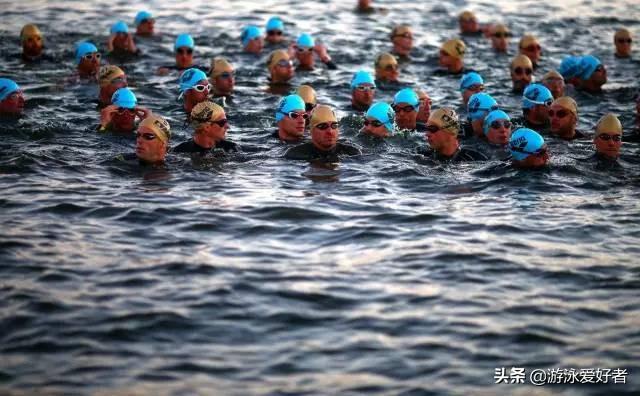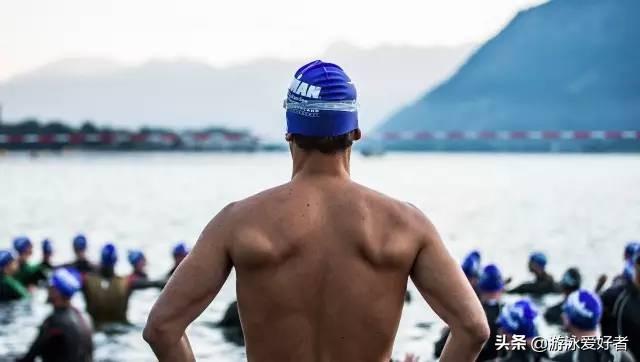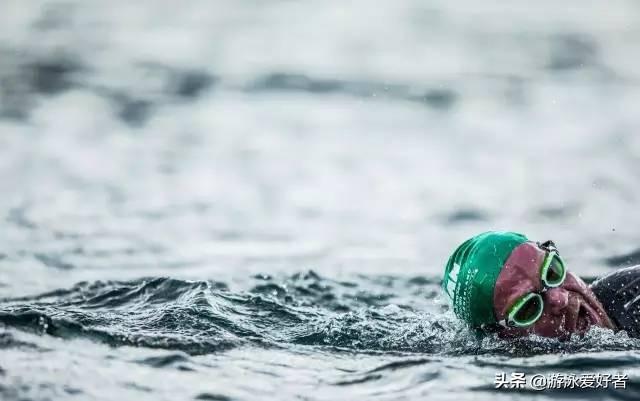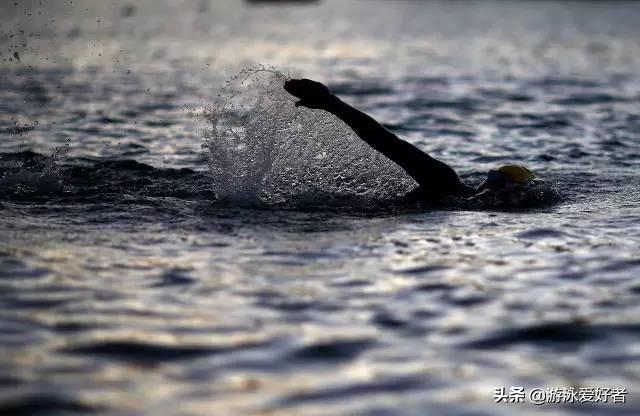The seven iron laws of swimming must be seen.
When you are hungry but have no money in your pocket, you are likely to buy an economical and affordable package. But whether it’s sandwiches, salads or drinks, the less money you spend, the more calories there are.

Similarly, in the field of swimming training, there is such a strange phenomenon: you really want to improve your swimming skills, but you have neither time to study it nor know where to start. In fact, most athletes don’t have the time and budget to ask a professional swimming coach to calm down and study hard.
But looking back, in fact, sometimes the best coach is around you: this person can be your partner, a partner who often trains with you, or even a passerby in the pool when you swim. Maybe they can give you some pertinent advice on training. If you train alone, you can imitate the swimming movements of the great gods around you, or at least you can listen to the advice of world-class swimmers in relevant articles.

For athletes without coaches, the biggest challenge is that there are many subtle differences between freestyle movements and movements, and it is difficult for you to find a technique and method that can systematically cover all the technical essentials. Where should I practice first? How to practice to improve the fastest? How should it be improved?
The following are the seven most important principles that freestyle should follow. This "swimming value package" is suitable for anyone, whether you swim fast or slow, whether you are a beginner or a veteran player.
Don’t hold your breath
Breathing is caused by carbon dioxide in the lungs. When your face is in the water, keep exhaling through your nose and mouth, so you will feel much better. Breathing every three strokes is a more comfortable breathing mode, because you can breathe on both sides and get enough oxygen.
2. relax! Relax! Or relax!
Although this law is simple, you will understand its importance when you start swimming. The best swimmers in the world swim as if they were sliding on the water. Be sure to follow the temper of water, because people can’t fight water. Therefore, when you are in the water, you must relax and concentrate on swimming forward. Learn to practice the skill of floating face down in the water.

3. Keep your body in a straight line
Practice on land first, stand up straight, and remember the position of your neck and the orientation of your face. Then copy this pose into the water. At this time, the waterline just cuts through the middle of your head, and your face should be in the water.
Step 4 remember to slide
The stroke in swimming is different from the pedaling and running steps of bicycles, because it is not a continuous process, or it should not be a continuous process. When running, every step is connected with the next step, and the rotation of the tooth plate is continuous when riding, but there should be a short slide between each stroke and the next stroke when swimming. When your arm enters the water, slide for a while and then row forward. Don’t keep rowing like a windmill.

5. Turn your body, but don’t turn around.
Turning the body is a technical job, and if it is turned well, it will be very ornamental and aesthetic. The body is cut into the water like a knife. The trick here is not to turn around. If the bottom of the swimming pool is horizontal and the wall of the pool is vertical, no matter which way you turn, don’t exceed 45 degrees. Remember, don’t turn your head and calves with your body and hips. Keep your feet straight up and down to get water.
6. Never cross the midline of your body.
Under no circumstances should your arm cross the central axis of your body. Every time you stroke, your arm should go directly into the water at the front of your shoulder. Open your arms, grab the water, sweep in, and finally gently stroke your thighs when you pull the water. The whole action looks like drawing a question mark. Fingertips should always point to the bottom of the pool.

7. Kick from the hip.
Relax your knees. Keep your toes straight. Imagine the feeling of slapping your toes on the water. You have to make a small splash. If you feel a little sore in your hip flexor, that’s right.